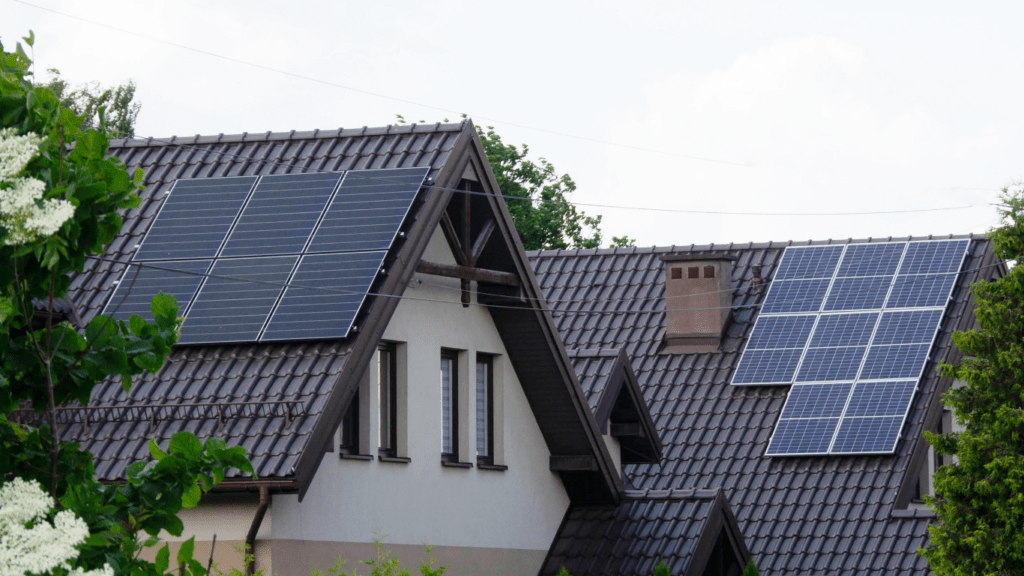In a world where sustainability is becoming increasingly crucial, the concept of tiny homes has gained significant attention for its role in promoting eco-friendly living. As an advocate for minimalistic and environmentally conscious lifestyles, I’ve delved into the realm of tiny homes and their impact on sustainable living practices.
These compact dwellings offer more than just a smaller footprint; they represent a shift towards a more intentional way of living that prioritizes efficiency and reduced environmental impact. Exploring the intersection of architecture, design, and sustainability, I’ve uncovered the unique advantages that tiny homes bring to the table in fostering a more sustainable future.
From resource conservation to promoting mindful consumption, these pint-sized abodes showcase how small changes can lead to significant environmental benefits. Join me as I delve deeper into the world of tiny homes and discover how these humble dwellings are making a big difference in the quest for a more sustainable way of life.
Exploring Tiny Homes and their Impact
When it comes to sustainable living, tiny homes play a pivotal role. Let’s delve into the benefits and environmental advantages they offer.
Benefits of Living in Tiny Homes
- Cost-Effective Living: Tiny homes are more affordable both in terms of initial investment and ongoing maintenance costs.
- Minimalist Lifestyle: Encourages decluttering and a simpler way of living, promoting mindfulness and reducing stress.
- Mobility: Many tiny homes are portable, offering the flexibility to relocate as needed or desired.
- Energy Efficiency: Smaller spaces are easier to heat, cool, and light, leading to reduced energy consumption.
- Reduced Carbon Footprint: Smaller spaces require fewer resources for construction and maintenance, decreasing overall carbon emissions.
- Less Wastefulness: Living in a compact space discourages excess consumption and accumulation of material possessions.
- Promotes Sustainable Practices: Tiny homes often incorporate eco-friendly materials and energy-efficient systems, aligning with sustainable living principles.
- Preservation of Natural Resources: By utilizing less square footage, tiny homes help conserve land and preserve natural habitats.
Design and Efficiency of Tiny Homes
Tiny homes are designed with a focus on maximizing space efficiency while maintaining functionality. These compact dwellings prioritize smart design solutions to make the most of every square foot.
Space Optimization in Tiny Homes
In tiny homes, every inch counts. From multifunctional furniture pieces like Murphy beds and fold-down tables to clever storage solutions such as built-in cabinets and under-stair storage, space optimization is key. By utilizing vertical space with lofted sleeping areas and incorporating flexible layouts that serve multiple purposes, tiny homes offer innovative solutions for living comfortably in a small footprint.
Building and Living Sustainably
Exploring sustainable practices in both construction and daily living is essential for promoting environmental stewardship. Tiny homes play a significant role in sustainable living by their very design and functionality.
- Designing with Sustainability in Mind: When constructing tiny homes, sustainable materials and practices are often prioritized. For instance, using reclaimed wood or recycled materials not only reduces waste but also minimizes the environmental impact of construction
- Efficient Resource Utilization: Living in a tiny home encourages mindful consumption and resource conservation. With limited space, occupants are more inclined to reduce clutter and avoid unnecessary purchases, promoting a minimalist lifestyle.
- Sustainable Habits and Practices: Tiny homes foster sustainable habits among residents. By promoting eco-friendly behaviors such as composting, rainwater harvesting, and recycling, these dwellings support a greener lifestyle.
- Portability and Flexibility: The portable nature of tiny homes offers flexibility in terms of location and lifestyle. Whether opting for off-grid living or embracing a minimalist approach, tiny homeowners have the freedom to relocate easily, reducing the need for extensive land development.
The integration of sustainable design principles and eco-conscious living habits in tiny homes contributes significantly to the promotion of a more environmentally friendly and resource-efficient lifestyle. By embracing the concept of sustainability in both construction and daily practices, tiny homes exemplify a practical solution for individuals seeking to minimize their ecological footprint and live harmoniously with the environment.
Incorporating Eco-Friendly Elements
Exploring the realm of sustainable living within the context of tiny homes unveils a myriad of eco-friendly elements seamlessly woven into their design and functionality. These compact dwellings embody a harmonious blend of environmental consciousness and practicality, setting a benchmark for sustainable living practices.
- Energy-Efficient Infrastructure: Tiny homes are renowned for their energy efficiency, requiring minimal energy consumption for heating, cooling, and lighting. Their smaller size inherently promotes a reduced carbon footprint, aligning perfectly with the ethos of sustainable living.
- Utilization of Eco-Friendly Materials: Embracing sustainable design principles, tiny homes often incorporate eco-friendly materials like reclaimed wood, bamboo, and recycled glass. These materials not only reduce environmental impact but also add a touch of unique character to the living space.
- Integration of Renewable Energy Sources: Many tiny homes integrate renewable energy sources such as solar panels to harness clean energy and reduce reliance on traditional power grids. This forward-thinking approach not only minimizes environmental impact but also enhances self-sufficiency in energy usage.
- Water Conservation Features: Sustainable living in tiny homes often includes water conservation features like low-flow fixtures, rainwater harvesting systems, and composting toilets. These initiatives promote responsible water usage and contribute to overall resource conservation.
- Green Roof and Living Walls: Some tiny homes feature green roofs or living walls, incorporating vegetation into the architecture to enhance insulation, promote biodiversity, and mitigate stormwater runoff. These innovative elements not only improve the home’s environmental performance but also offer aesthetic beauty and a connection to nature.
Incorporating these eco-friendly elements into the design and lifestyle of tiny homes underscores their pivotal role in sustainable living practices. By embracing innovation, resource conservation, and mindful consumption, tiny homes exemplify a holistic approach to eco-conscious living that resonates with individuals seeking to minimize their ecological footprint and live in harmony with the environment.




